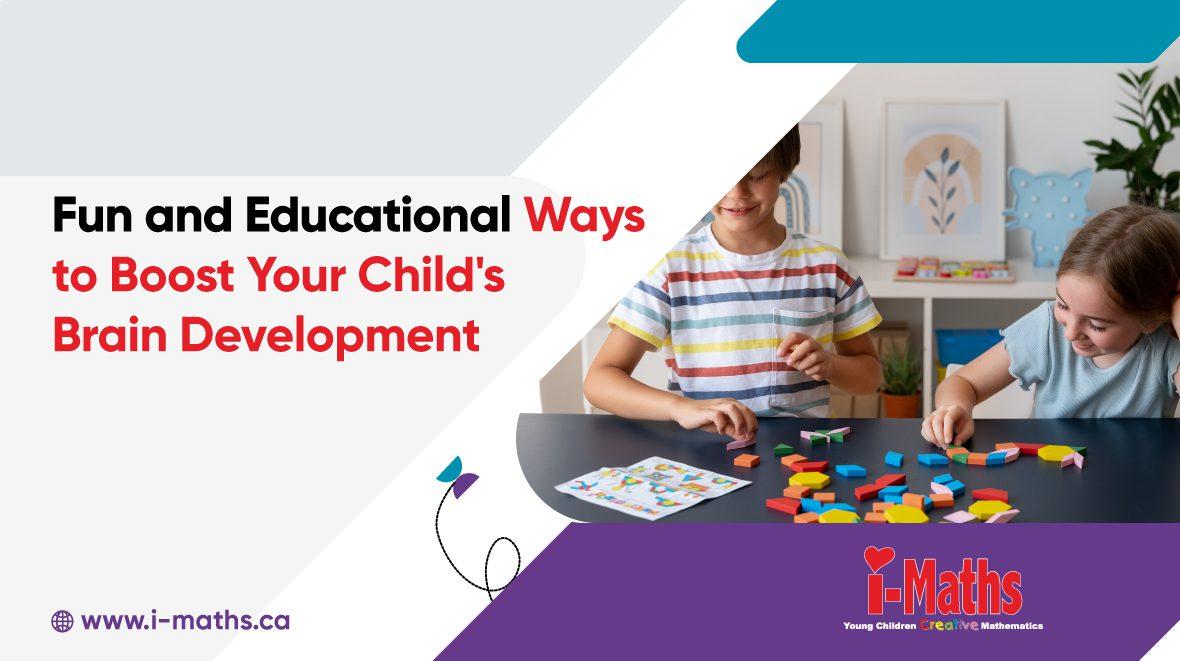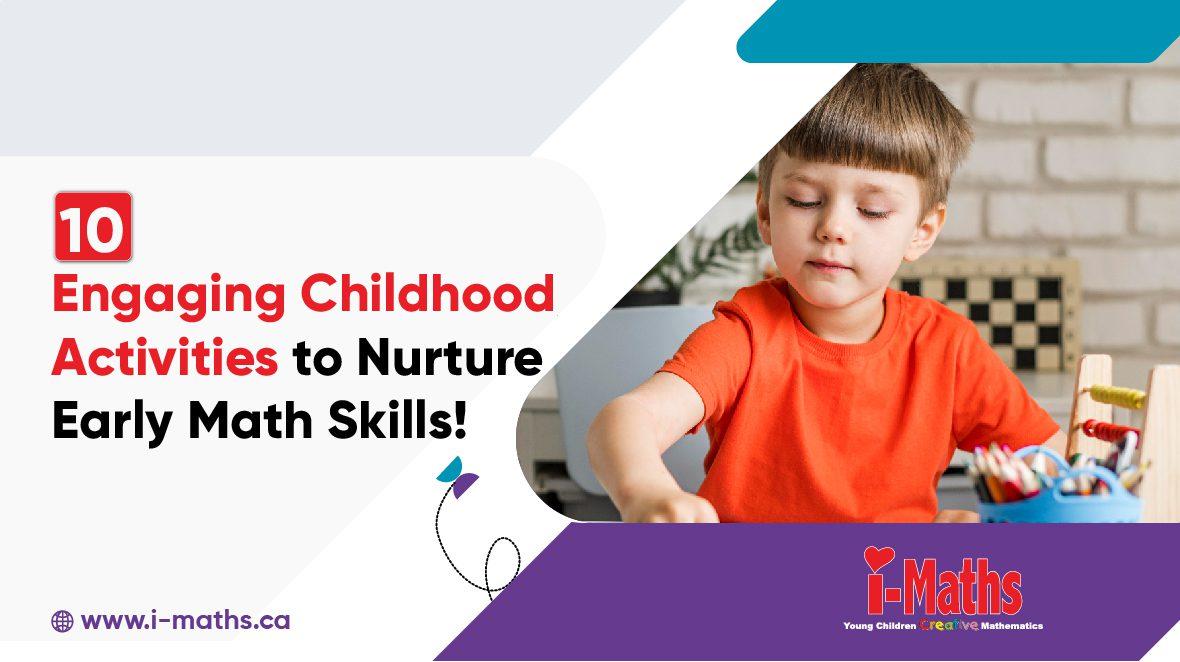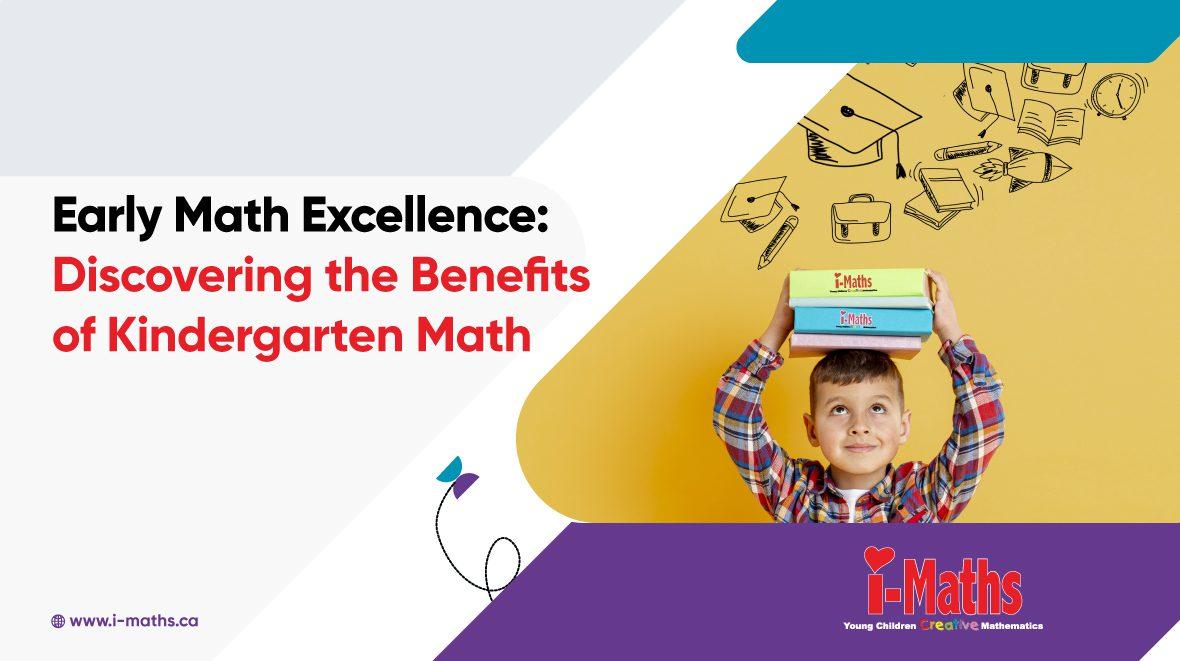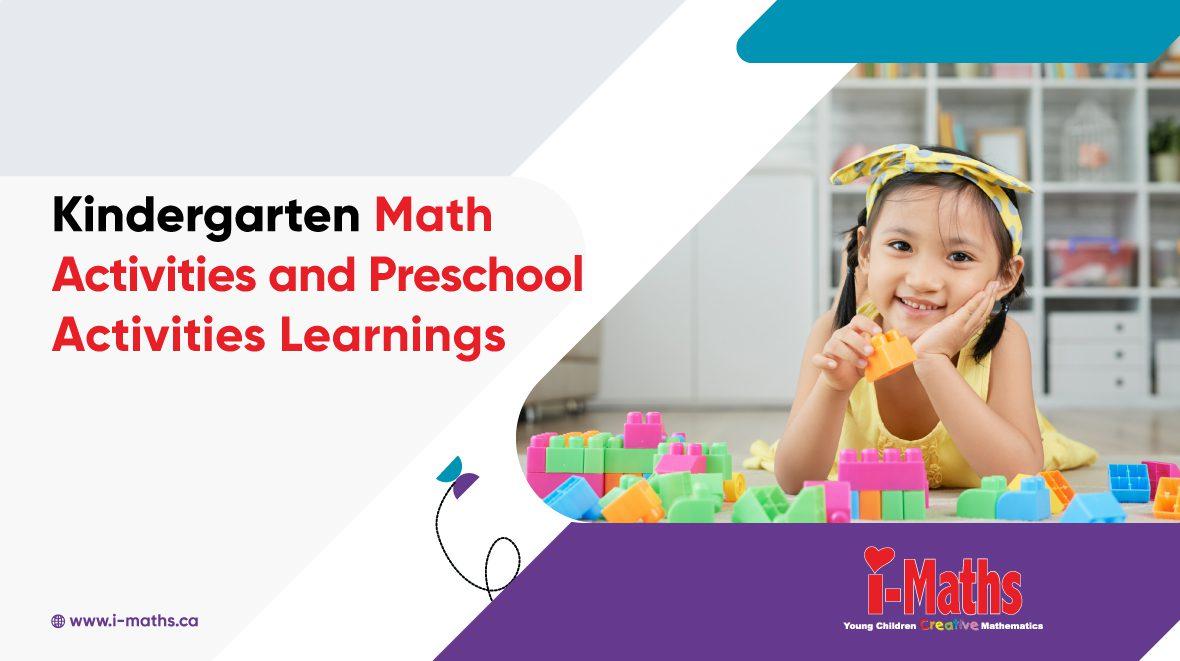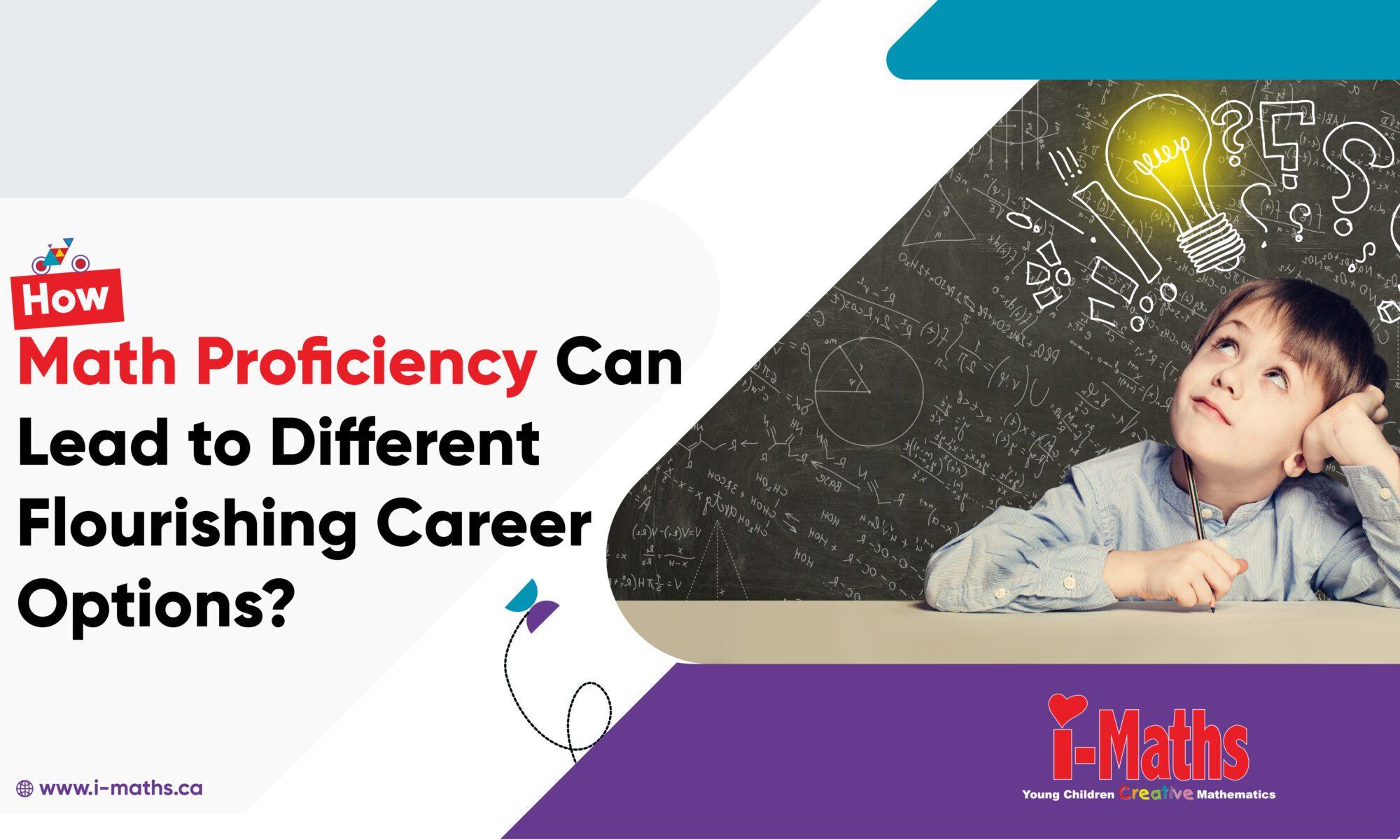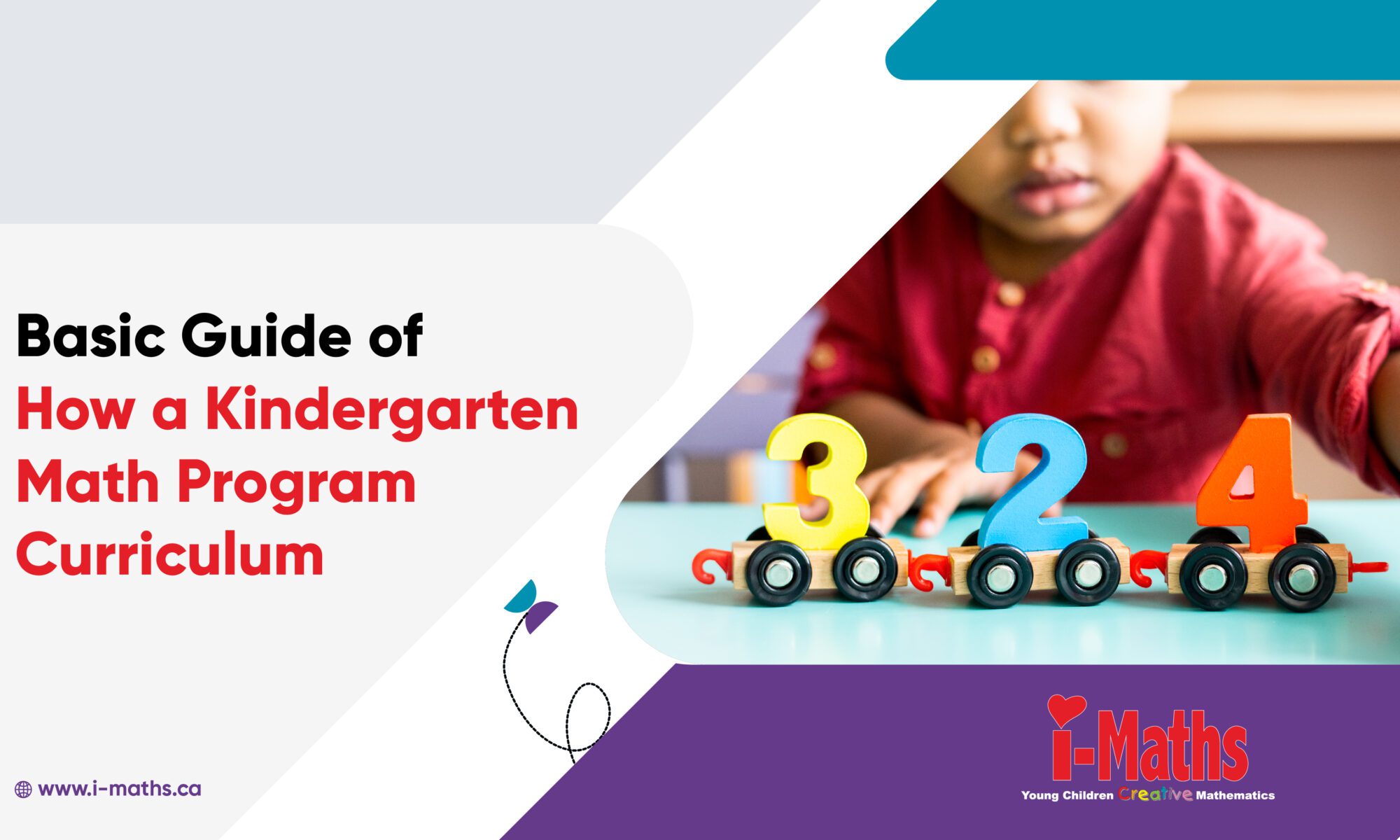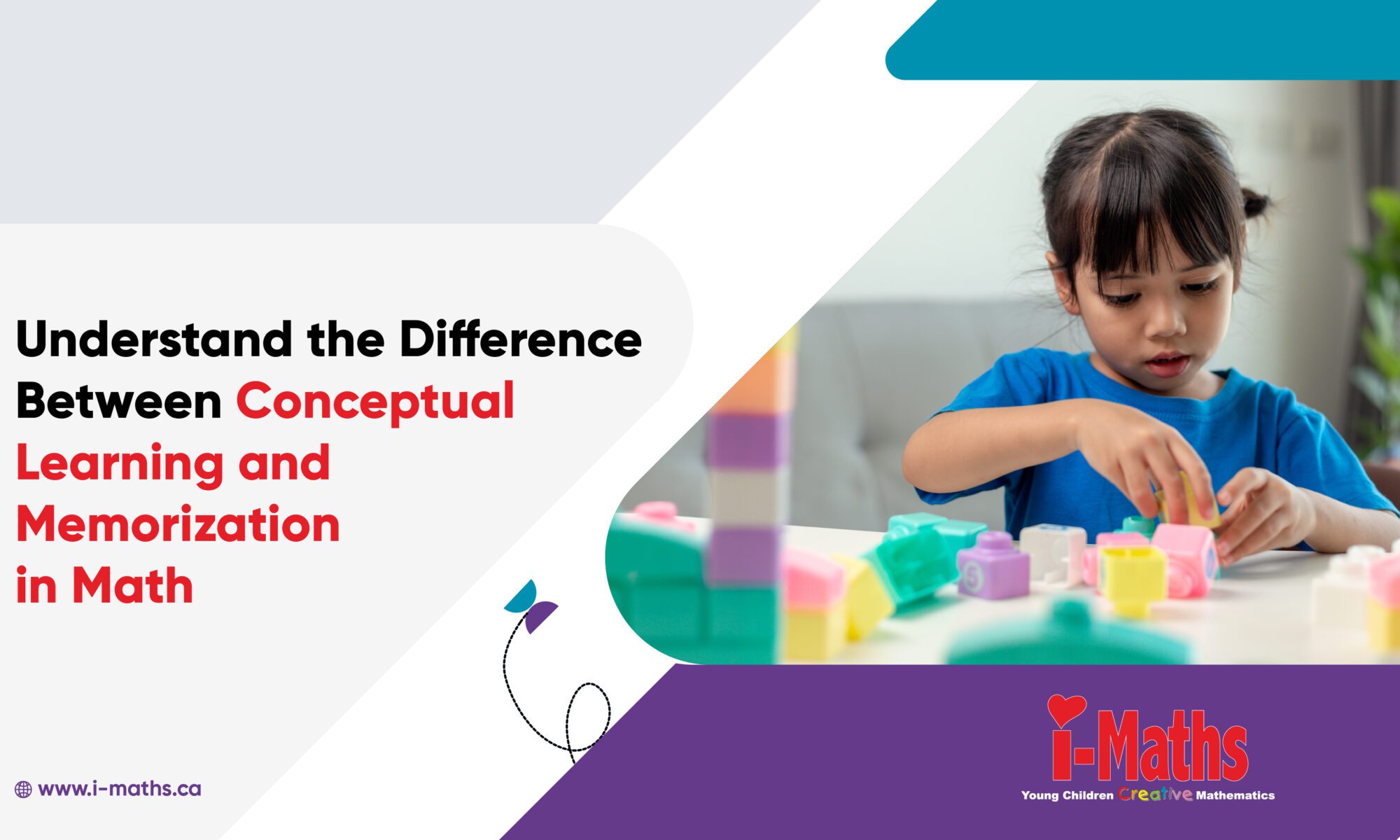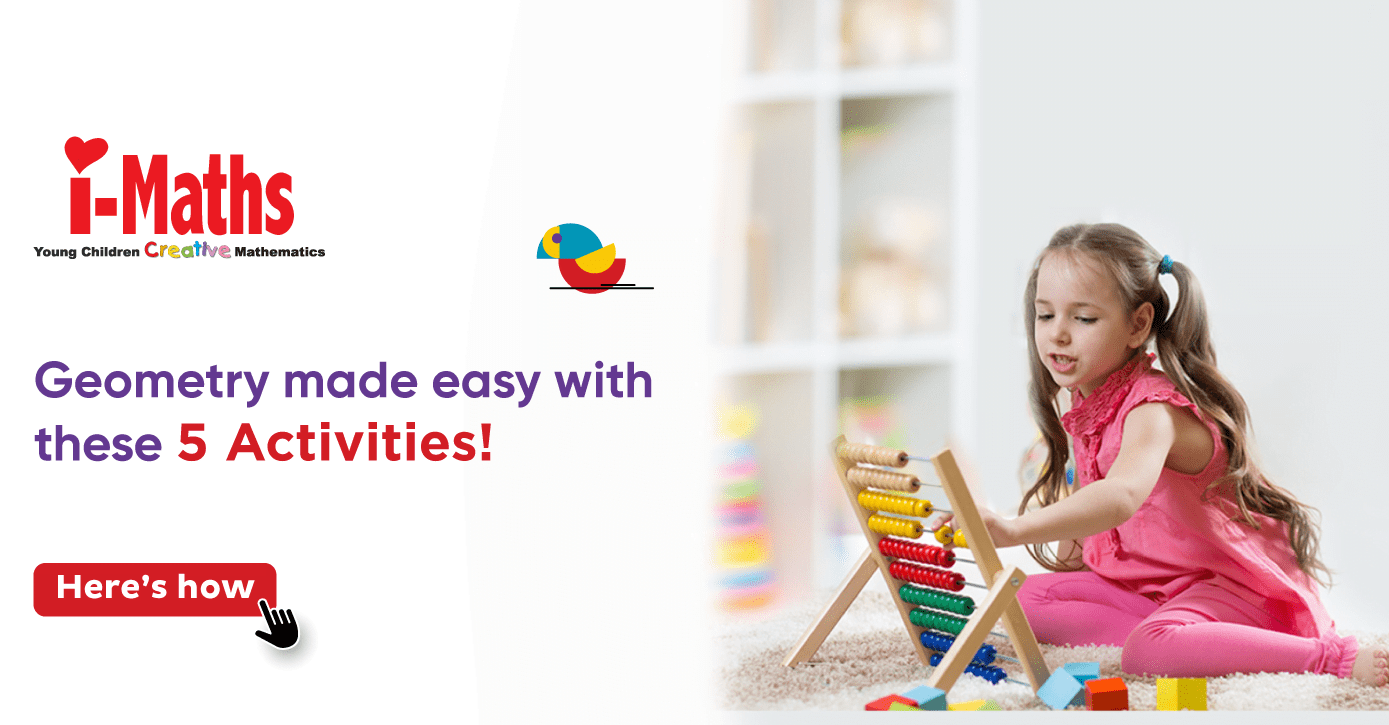As summer fades and the back-to-school season approaches, parents and educators are gearing up to ensure a smooth and enjoyable transition for young learners. Preschool and kindergarten mark crucial years for establishing a strong foundation in math skills, and one innovative approach gaining traction is the integration of i-Maths.
So let’s delve into some exciting back-to-school activities that incorporate i-Maths principles to captivate and educate young minds, making the return to the classroom a thrilling adventure filled with learning and fun.
- Number Recognition and Counting Games
The journey begins by introducing engaging number recognition and counting games. For preschoolers, colorful flashcards adorned with numbers can spark interest. To make counting even more captivating, include their favorite toys or objects as counting aids. For kindergartners, consider interactive counting apps that not only provide immediate feedback but also reinforce numeracy skills effectively.
i-Maths Tip: We emphasize the use of real-world objects and situations to teach math concepts. Encourage children to count everyday items like fruits, toys, or even the steps they take while walking.
- Shape Sorting and Identification
Shapes play a pivotal role fundamental component of early math education. Geometric forms play a pivotal role in the foundational aspects of early mathematics instruction.
Use the excitement of going back to school to acquaint your young ones with various shapes. For preschoolers, engage them in hands-on activities such as sorting blocks based on their shapes or creating art with colorful construction paper. Kindergarten math activities can involve more complex tasks, like identifying and drawing shapes in their environment.
i-Maths Tip: i-Maths promotes learning through play. Employ shape-themed puzzles or board games to make shape identification even more engaging.
- Pattern Recognition and Creation
Patterns form another crucial math concept. Preschoolers can begin by recognizing simple patterns like ABAB or AABB in everyday objects or clothing. For kindergartners, take it a step further by encouraging them to create intricate patterns using various shapes, colors, or even numbers.
i-Maths Tip: Incorporate patterns into storytelling or art projects. This not only teaches math skills but also fosters creativity and critical thinking.
- Measurement Adventures
Back-to-school preparations encompass acquiring new backpacks, shoes, and clothing. Transform these shopping experiences into exciting measurement adventures. For preschoolers, have them compare the sizes of different objects or try on clothing items to see what fits best. Kindergartners can gain hands-on experience measuring lengths using rulers and exploring concepts such as taller or shorter.
i-Maths Tip: Involve children in everyday measuring tasks, such as cooking or building, to demonstrate how math concepts apply to the real world.
As you prepare your little ones for preschool or kindergarten, keep in mind that math need not be intimidating; it can be a thrilling adventure. By integrating i-Maths principles into back-to-school activities, you can nurture a deep love for learning and set the stage for a successful educational journey. Embrace these enjoyable math activities, and witness your child’s confidence and enthusiasm for math flourish throughout the school year. Remember, the world of math is a captivating playground waiting to be explored!
So are you excited to empower your child’s math skills in a fun and intuitive way? Join us in embracing the i-Maths approach and unlock a world of mathematical wonder for your little one.
Take the next step on this exciting journey by exploring our comprehensive i-Maths resources and activities. Don’t wait! Start your child’s i-Maths journey today and pave the way for their brighter, math-savvy future. Together, we’ll make math an engaging and enjoyable experience that your child will cherish. With i-Maths let your child enjoy a fantastic approach of nurturing their math skills while keeping the learning experience engaging and enjoyable.
Let’s embark on this mathematical adventure together!

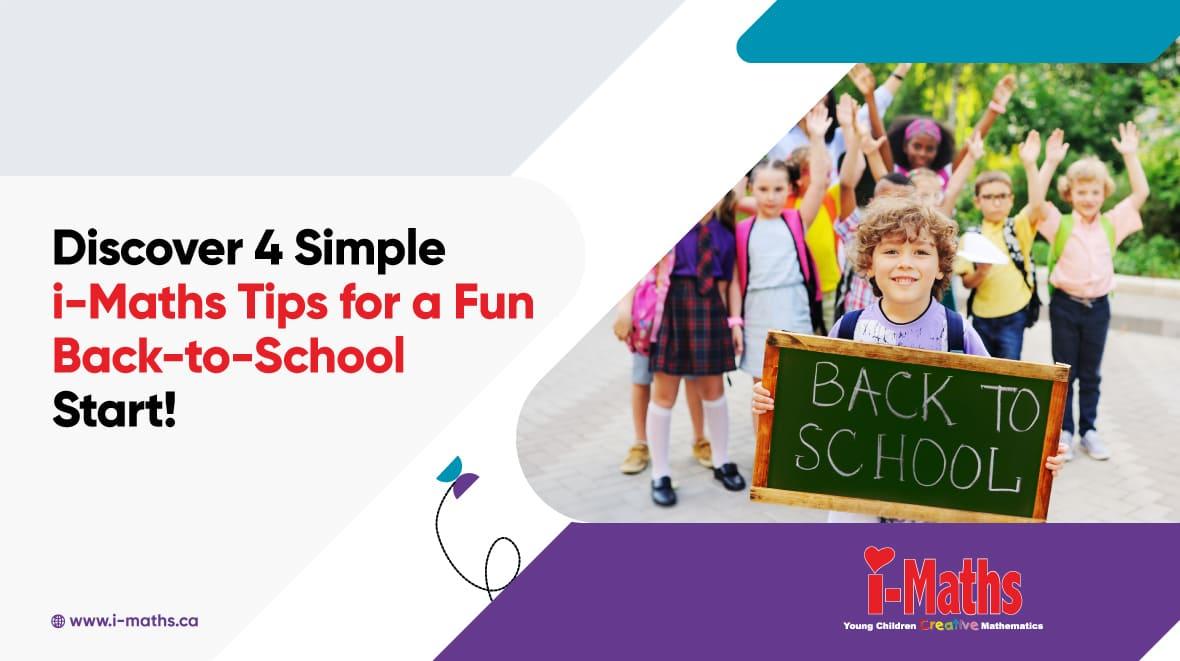
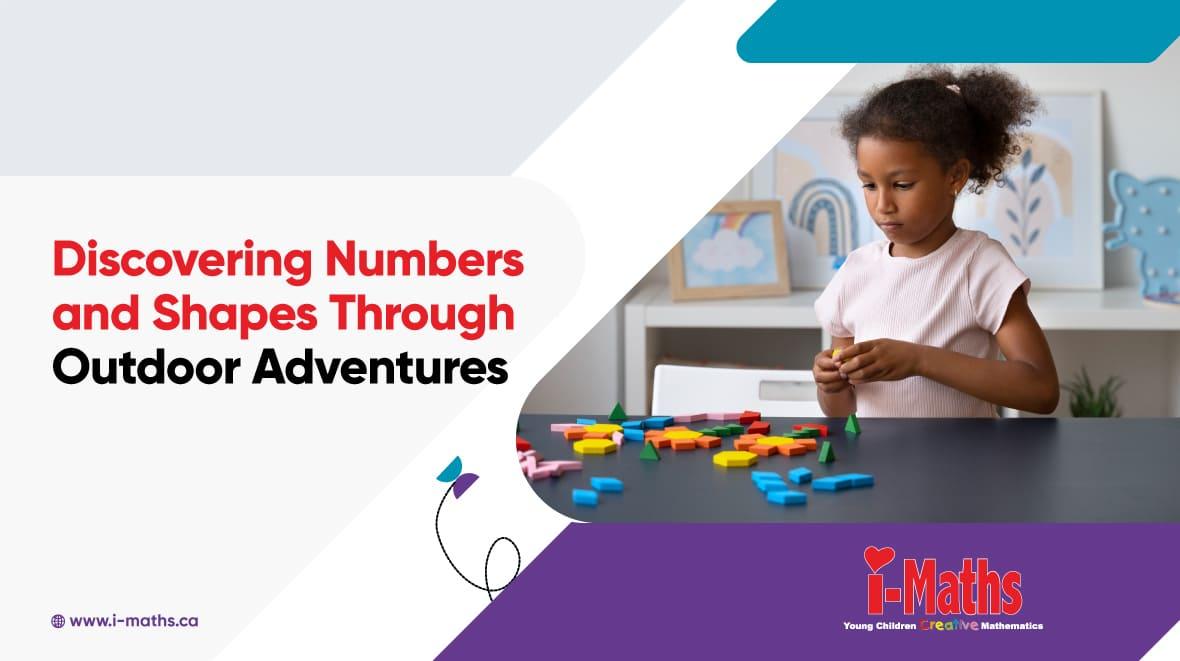
 Engaging kids in outdoor math activities can be a fun and effective way to help them develop their math skills while enjoying the fresh air and physical activity.
Engaging kids in outdoor math activities can be a fun and effective way to help them develop their math skills while enjoying the fresh air and physical activity. 
